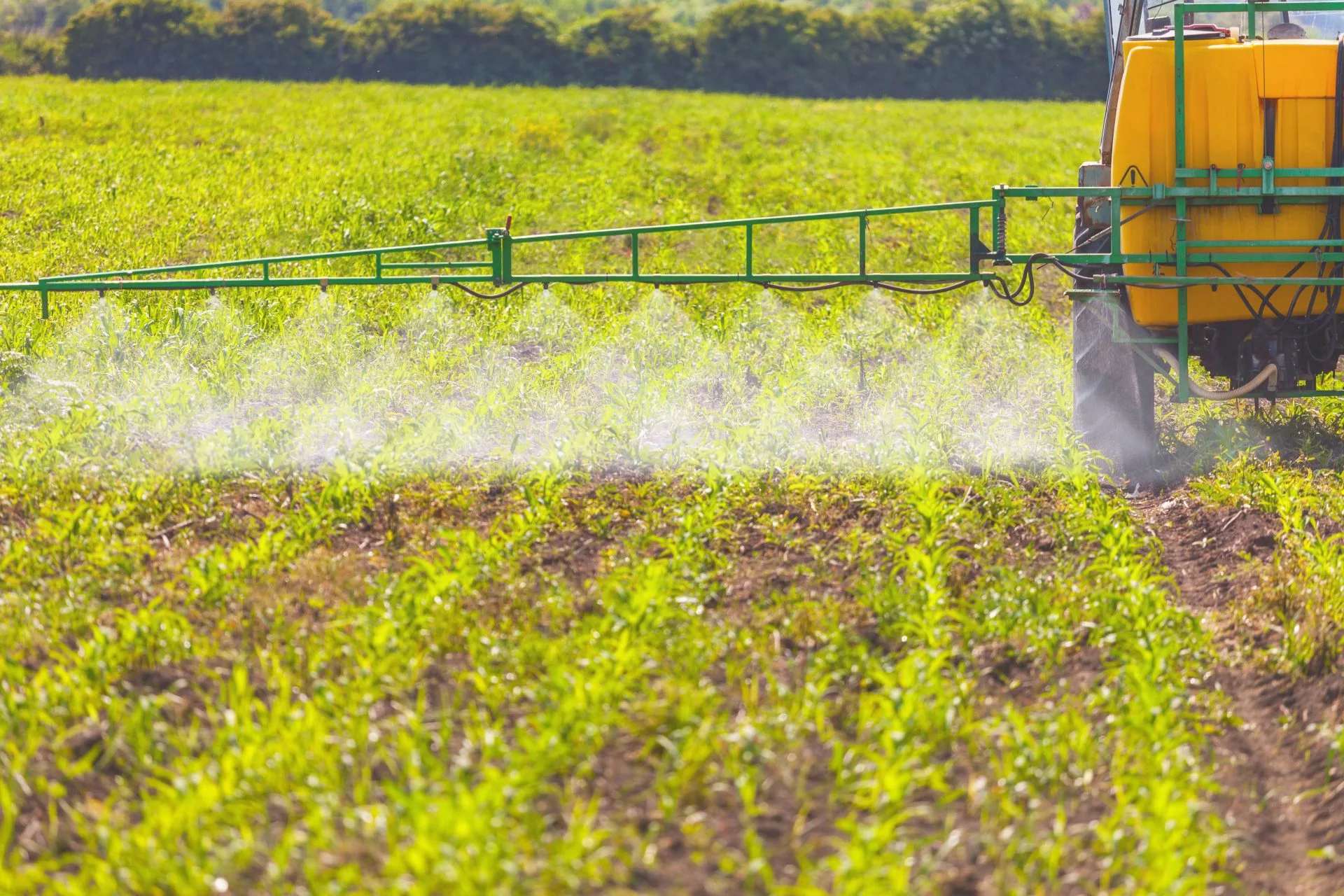After a promising 2019, the dairy industry is hit with another blow: COVID-19. The pandemic causing schools and restaurants to shut down, harming demand for fluid milk.
Fluid milk consumption has decreased over the years. Alyssa Badger, dairy analyst with HighGround Dairy, said the supply chain has adjusted to that model, especially after Dean Foods and Borden Dairy filed for bankruptcy.
“Our processing plants were built out to take in milk for processing more cheese, butter, and milk powders,” she said. “We’re seeing everyone talking about how farmers are dumping milk because there’s nowhere to put it. Our processing plants are maxed out and we don’t have as many facilities to process and make fluid milk like we used to.”
Recently, there have been pictures and videos showing full tanker trucks dumping milk in lagoons and fields. This is to ease pressure on the supply chain. Badger said milk production was strong this winter because temperatures were so mild. Producers are now facing a stronger spring flush than in 2019.
“We’re back to a growth mode in our dairy herds because we had such a good 2019,” said Badger. “We have nowhere to put this milk. We weren’t anticipating schools to close and to lose so much food service demand. There’s so much at play and a loss of demand can’t be mitigated.”
Manufacturing plants have been at capacity since February. Badger said milk dumping is part of the cycle, and it’s been exacerbated by the fact that restaurant orders are down.
“We can’t just snap back and adjust to the past month of demand—it doesn’t work that way,” she said.
In the midst of the pandemic, the U.S. is still exporting product. Butter and cheese exports were lower in February. However, Badger said product isn’t moving the way it typically does during spring flush.
“There’s more expensive freight and it’s harder to get a container right now—even refrigerated trucks,” said Badger. “We have a trucking shortage—we already have a trucker shortage.”
Dairy Revenue Protection (DRP) is one tool to help offset some of this risk in the market. Basically, it’s a subsidized put and doesn’t tie up cash. Badger said DRP is the best option right now for dairy producers.
“We’re going to see the lowest milk prices since 2009,” she said. “We’re going to do everything we can to help mitigate some of these losses.”
It’s uncertain what the future holds now for the world and dairy industry, but Badger thinks for the rest of the year, there’s going to be weaker dairy demand.
For more information on DRP, visit highgrounddairy.com.






